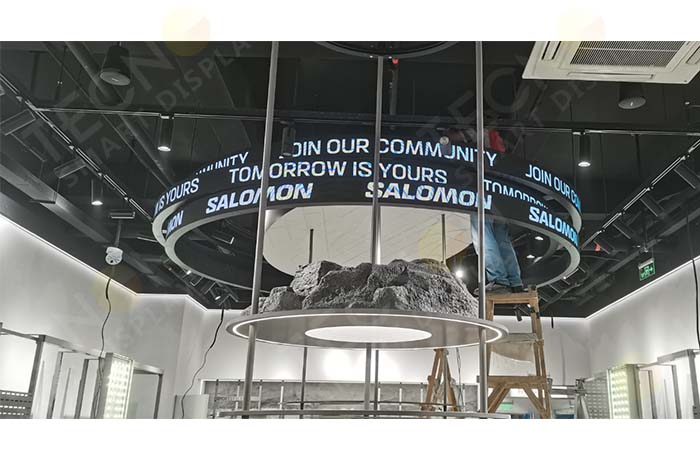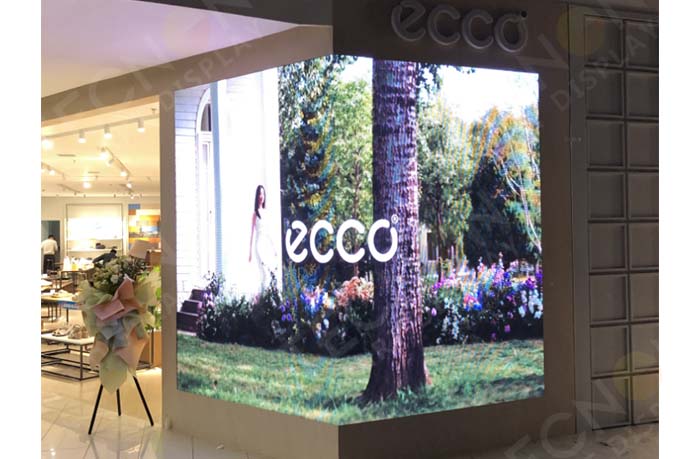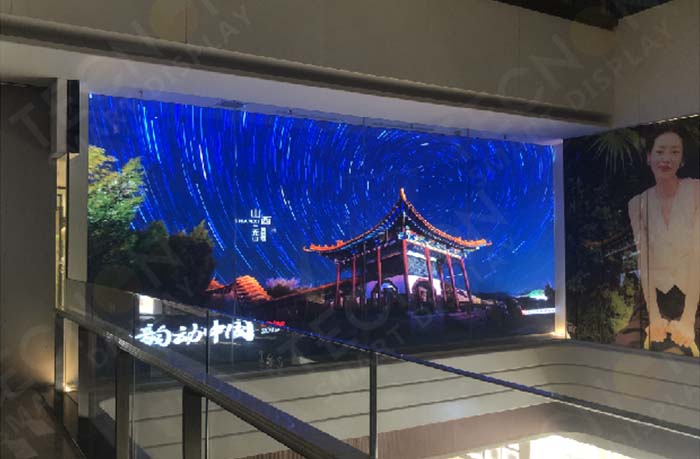Choosing a low-cost led panel board can feel like a smart decision at first. The price looks attractive, and many suppliers promise “high brightness” and “premium quality” even at a low budget. But in reality, cheap LED boards often come with hidden costs that show up later—through maintenance, downtime, or reduced lifespan. Understanding these risks helps you make a smarter long-term investment.

Why a Cheap led panel board Is Not Always a Good Deal
Low prices can be appealing, but the quality behind those prices matters. Many low-cost LED panel boards use simplified components, lower-grade LEDs, or untested power systems. These cost-cutting methods reduce production expenses, but they also increase the chance of failure. You may save money at the beginning, but you may spend more later on repairs, replacements, or unexpected downtime.
Hidden Cost 1: Poor LED Quality Reduces Lifespan
One of the most common issues with low-cost panels is LED degradation. Cheaper LEDs lose brightness faster, and color consistency disappears over time. You may notice uneven patches or flickering after only months of use. High-quality LEDs maintain brightness longer and age more evenly. Paying slightly more upfront helps you avoid early replacement.
Hidden Cost 2: Low-End Driver ICs Cause Flicker
Driver ICs control refresh rate, stability, and image smoothness. A cheap led panel board often uses basic ICs with limited performance. These can cause video tearing, flicker, or ghosting. For indoor environments like retail stores or meeting rooms, flicker can affect visual comfort and brand impact. A stable driver IC is one of the most important components for long-term reliability.

Hidden Cost 3: Unstable Power Supplies Lead to Failures
A low-quality power supply is a major risk. Voltage fluctuations can damage LEDs, shorten lifespan, or even cause sudden shutdowns. When suppliers try to reduce costs, the power system is usually the first area they cut. Over time, you end up paying for replacements or service calls. High-quality power systems offer stable performance and protect the screen from daily electrical stress.
Hidden Cost 4: Weak Heat Dissipation Raises Maintenance Costs
Budget LED panels often use thin sheet metal or poorly designed cabinets. These trap heat inside the panel. Without good heat dissipation, LEDs age faster, power supplies fail earlier, and modules deform. Heat management plays a huge role in how long your display lasts. Better cabinets with proper ventilation may cost a bit more but save money on repairs.

Hidden Cost 5: Higher Energy Bills Over Time
Cheap LED boards are usually less energy-efficient. They consume more power to reach the same brightness level. Over a year, the difference adds up. If you run your screen 10–12 hours a day, an energy-efficient LED board can reduce your electricity bill significantly. The hidden cost of extra power consumption is often overlooked during purchase.
Hidden Cost 6: Limited Warranty and After-Sales Support
Some manufacturers offer low prices by reducing the warranty period or limiting technical support. When something goes wrong, repairing or replacing modules becomes expensive. Reliable brands provide real warranties, accessible support teams, and clear service policies. Good service reduces long-term cost and protects your investment.
Hidden Cost 7: Incompatible or Hard-to-Find Spare Parts
Low-budget panels sometimes use non-standard modules, unusual cabinet sizes, or outdated control systems. When you need spare parts, you may not find matching components. This forces you to replace entire sections instead of single modules. A standard-size LED panel minimizes this risk and keeps repair costs low.

How to Avoid These Hidden Costs
Choose the Right Specifications
Avoid unnecessary features, but do not sacrifice essential performance. Choose stable driver ICs, common cabinet sizes, and proven power supplies.
Work With Reputable Manufacturers
A trustworthy supplier provides consistent quality, proper testing, and long-term support. This gives you better value even if the price is slightly higher.
Compare Total Cost of Ownership
Think beyond the initial price. Consider maintenance, energy use, spare parts, and lifespan. A higher upfront cost often saves you more in the long run.
Check Real Customer Reviews
Real feedback reveals hidden problems. Look for comments about brightness stability, service quality, dead pixels, and after-sales support.
Conclusion
A low-cost led panel board is not always the bargain it appears to be. Cheap displays often hide long-term expenses such as frequent repairs, energy waste, poor brightness stability, and reduced lifespan. By understanding these risks, you can choose a panel that offers true value—not just a low price. Focus on stability, component quality, and long-term performance to protect your investment and reduce unexpected costs.
 Tecnon Smart Display Technology Shenzhen Co., Ltd.
Tecnon Smart Display Technology Shenzhen Co., Ltd.